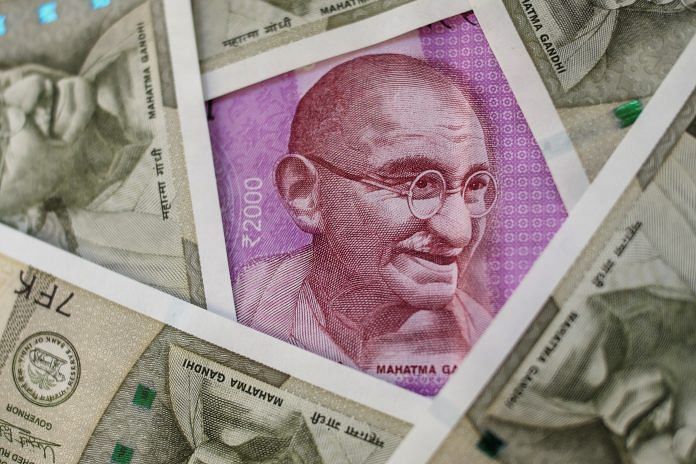New Delhi: With remittances expected to contract sharply in 2020, impacting South Asian countries, including India, the World Economic Forum (WEF) has suggested a host of measures to minimise the Covid-19 fallout on remittances.
In a working group paper, the WEF has suggested various steps, including providing fiscal and monetary incentives to ensure flow of remittances through formal banking channels and ensuring that remittance services are considered an essential service and service providers are allowed to stay open during any lockdowns announced to curb the pandemic.
The paper has suggested that countries may consider providing 3-5 per cent cashback for remittances in certain high volume corridors, like the Middle East to South Asia corridor, wherein for every remittance made, a small fraction of it is deposited in the family’s bank account to cover the transaction costs. It is estimated that the cost of making a remittance was 6.8 per cent of the amount of the remittance globally and slightly lower at 5 per cent for South Asia.
The paper also suggests relaxation in Know Your Customer (KYC) requirements mandated by central banks for traditional remittance service providers as well as for fintech companies.
The suggestions come at a time the World Bank has estimated that remittances flow will contract by 20 per cent in 2020 to $445 billion. South Asia is expected to take the biggest hit, with remittances contracting by 22 per cent.
India receives the largest amount of remittances as compared to other countries and is expected to bear the majority brunt of the decline. A bulk of this comes from countries like the United Arab Emirates, Saudi Arabia, Kuwait and Qatar besides the United States.
In 2019, India received more than $80 billion in remittances.
Also read: Kerala’s $14-15 bn 2019 remittances could see $2 bn drop this year – World Bank expert
However, Nepal’s economy is the most dependent on these remittances. As a percentage of gross domestic product, remittances were recorded at more than 28 per cent for Himalayan nation.
The report pointed out that though in the past, remittances have been able to withstand economic shocks, it has not been the case this time around. The Covid-19 pandemic is hurting both the home country and the host country together, impacting the surplus cash in the hands of the people.
“Prolonged economic recession will force the return of a significant number of migrants to their countries of origin, aggravating the economic downturn and social disruption. The effect of the projected sharp decrease of remittances on households in South Asia can potentially push back decades of progress made by the region on poverty reduction, income and gender inequality, nutrition, health and education,” the WEF paper said.
Many countries are following inward looking policies, with Kuwait announcing a new expat quota bill that seeks to reduce the number of expats in the country by 40 per cent. This is likely to impact lakhs of Indians working in the country and also hit remittance flows.
Also read: Migrant workers sent more money to India than any other country last year




It is unconscionable for the cost of remittance to be 5%, even more than what a money order used to cost. It should be no more than 0.1%, and instantaneous.